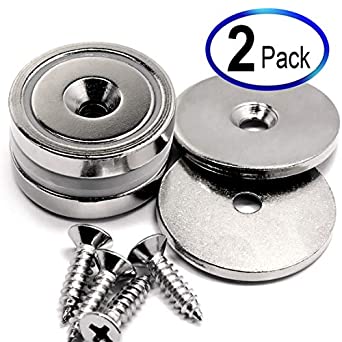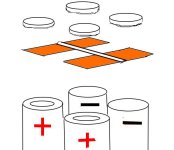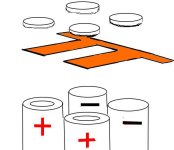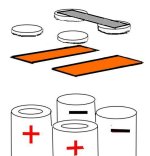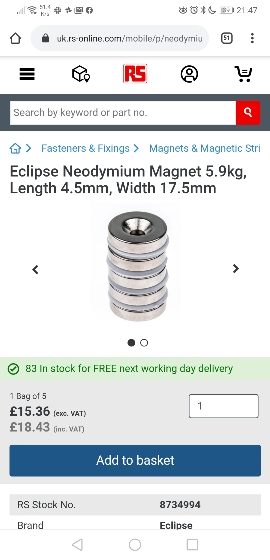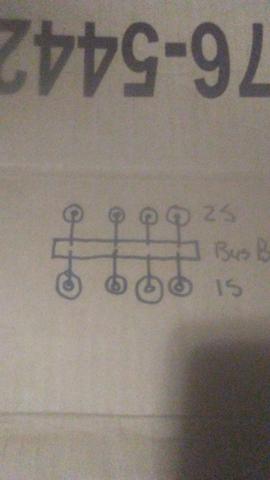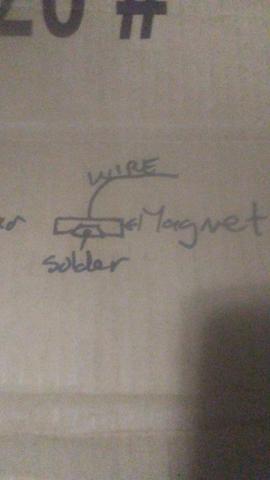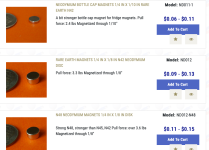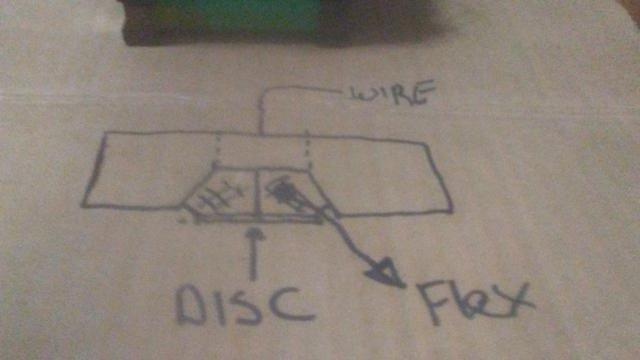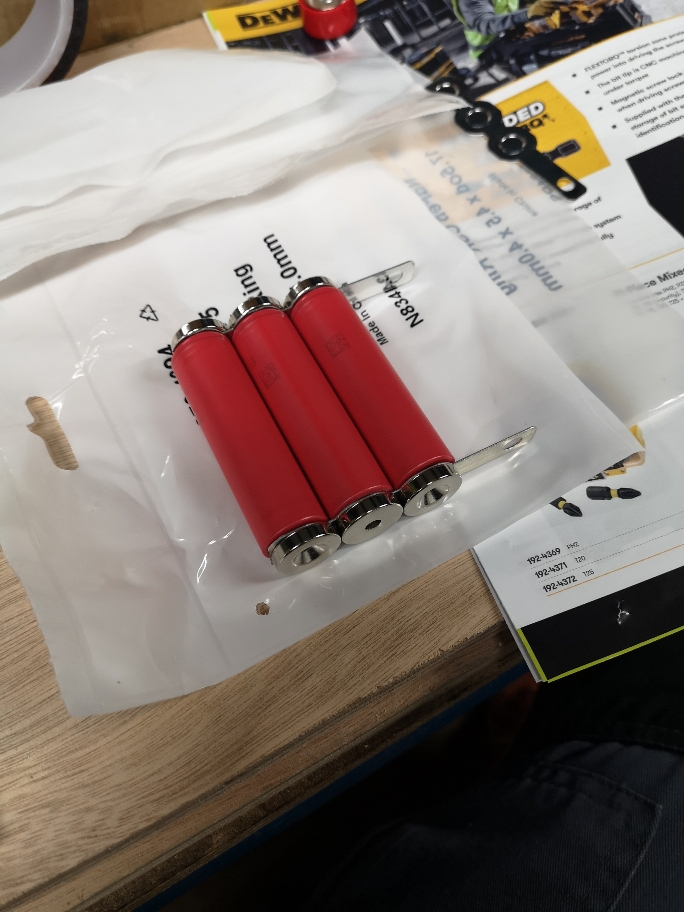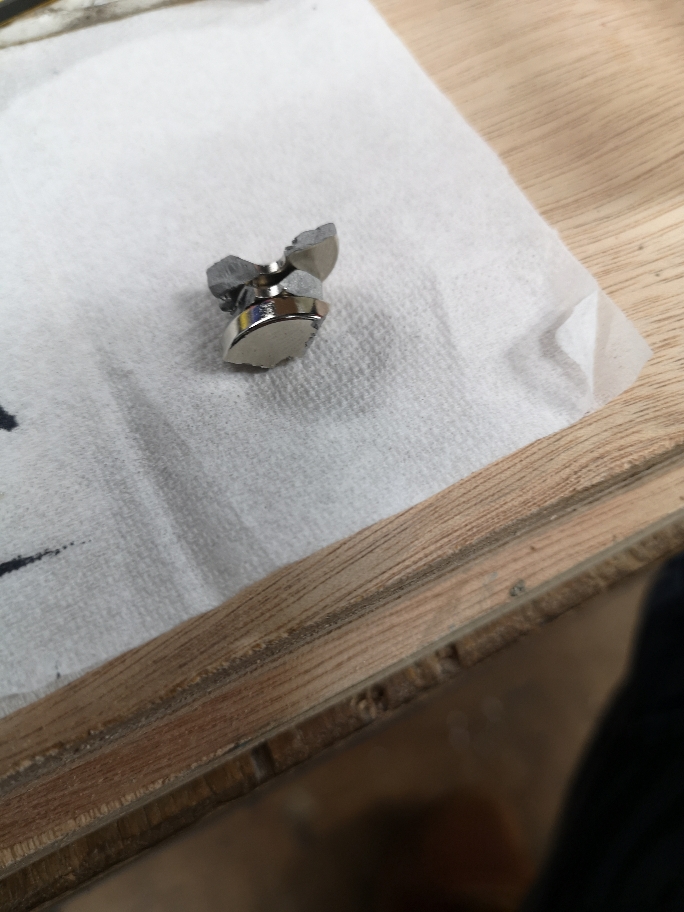This subject came up in another thread, and I have moved it to its own thread, due to the renewed interest....
Original thread found here: http://endless-sphere.com/forums/viewtopic.php?f=3&t=104395
Although metal magnets conduct electricity, they have high resistance, so I would experiment with magnets over a copper strip. meaning that the copper strip is touching the cell-end. I think the copper should be thick enough to have a high current capability, but thin enough to still be flexible.
14S / 8P
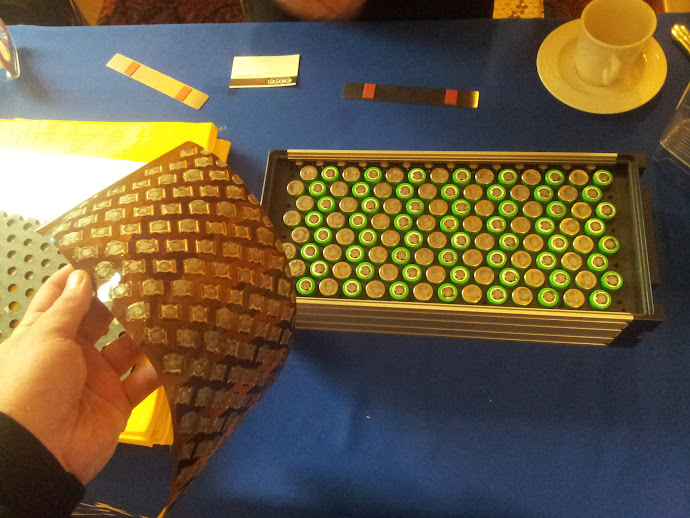
below, 12S / 4P (magnets held in place with super-glue, rubber-foam compression blanket, and hard side-plate)

Original thread found here: http://endless-sphere.com/forums/viewtopic.php?f=3&t=104395
Although metal magnets conduct electricity, they have high resistance, so I would experiment with magnets over a copper strip. meaning that the copper strip is touching the cell-end. I think the copper should be thick enough to have a high current capability, but thin enough to still be flexible.
14S / 8P

below, 12S / 4P (magnets held in place with super-glue, rubber-foam compression blanket, and hard side-plate)



